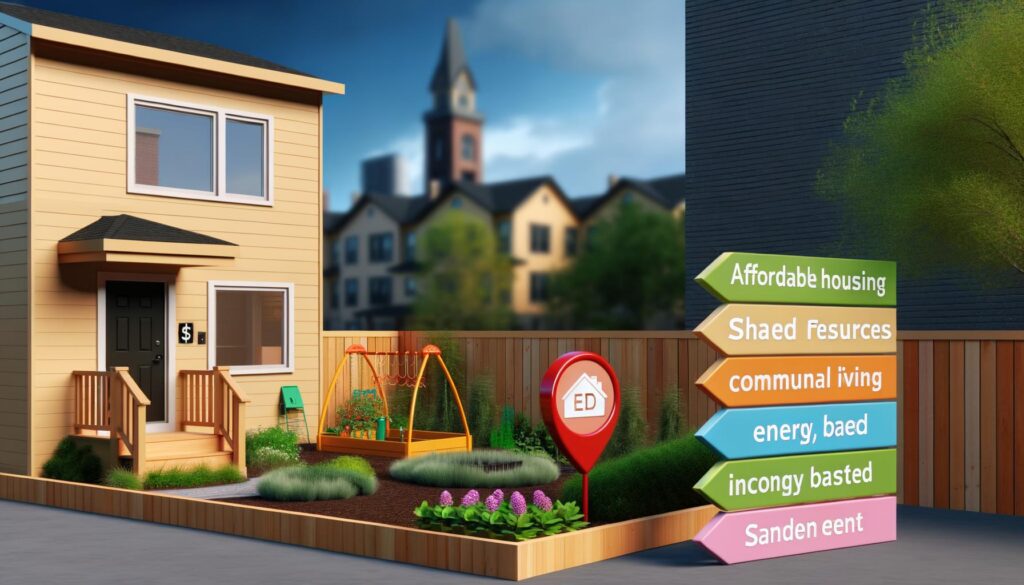The Social Impact of Affordable Housing
The social implications of affordable housing programs extend far beyond the primary goal of providing shelter. These programs contribute significantly to societal stability and cohesion by promoting diverse and inclusive communities. By ensuring that people from various socioeconomic backgrounds can live together, affordable housing initiatives break down barriers that lead to segregation and inequality. Moreover, these programs often offer supportive services, such as job training and childcare, that empower residents to achieve greater self-sufficiency. As a result, they foster a community environment where individuals can thrive socially and economically, reducing the risk of isolation and poverty.
Challenges Facing Affordable Housing Programs
Despite their positive impacts, affordable housing programs face several challenges that inhibit their effectiveness. Limited funding and resources can constrain the ability of these programs to meet the growing demand for affordable housing. Additionally, regulatory restrictions and zoning laws can sometimes pose barriers, making the development and allocation of affordable housing more complicated. Another challenge is the stigma often associated with affordable housing, which can lead to community resistance and hinder developments. To overcome these challenges, it is crucial to advocate for increased governmental and private sector support, as well as greater public awareness and involvement.
Innovative Approaches to Affordable Housing
To address these challenges, many municipalities and organizations are adopting innovative approaches to affordable housing. One popular strategy involves public-private partnerships that leverage resources and expertise from both sectors to develop and manage affordable housing units. Additionally, some cities are utilizing new construction technologies, such as modular housing, to reduce building costs and timeframes. Ideas like ‘housing first’ approaches, prioritize providing secure housing as a precursor to solving other social issues, have also gained traction. These approaches demonstrate the potential for creative solutions to enhance the reach and effectiveness of affordable housing programs.
The Future of Affordable Housing
Looking forward, the future of affordable housing will likely hinge on continued innovation, collaboration, and policy advancements. As urban populations grow and housing demands increase, sustainable and scalable solutions will be essential. It is crucial for policymakers to adapt to changing demographics and economic conditions by implementing flexible and forward-thinking strategies. Moreover, community involvement and support play a vital role in the success of affordable housing initiatives, ensuring developments meet the needs of the population they serve. By fostering a culture of collaboration and commitment, the vision of accessible and equitable housing can become a reality for more individuals and families worldwide.

